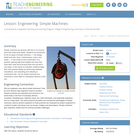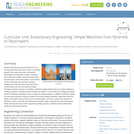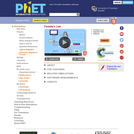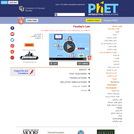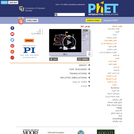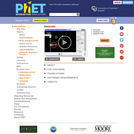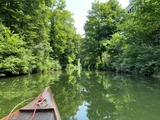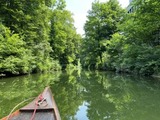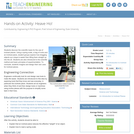
This lesson covers concepts of energy and energy transfer utilizing energy transfer in musical instruments as an example. More specifically, the lesson explains the two different ways in which energy can be transferred between a system and its environment. The law of conservation of energy will also be taught. Example systems will be presented to students (two cars on a track and a tennis ball falling to the ground) and students will be asked to make predictions and explain the energy transfer mechanisms. The engineering focus comes in clearly in the associated activity when students are asked to apply the fundamental concepts of the lesson to design a musical instrument. The systems analyzed in the lesson should help a great deal in terms of discussing how to apply conservation of energy and energy transfer to make things.
- Subject:
- Applied Science
- Engineering
- Physical Science
- Physics
- Material Type:
- Activity/Lab
- Lesson Plan
- Provider:
- TeachEngineering
- Provider Set:
- TeachEngineering
- Author:
- Adam Kempton
- Date Added:
- 09/18/2014
